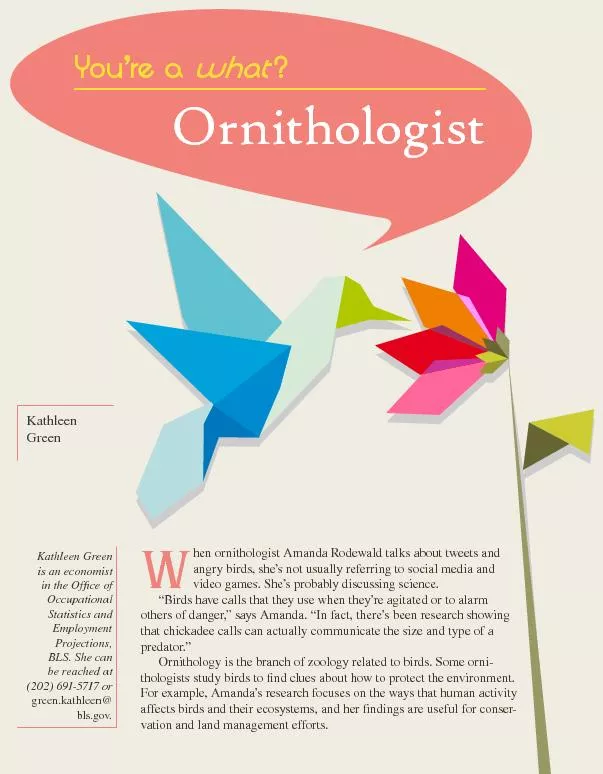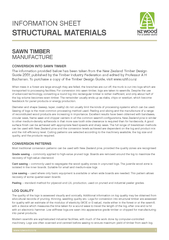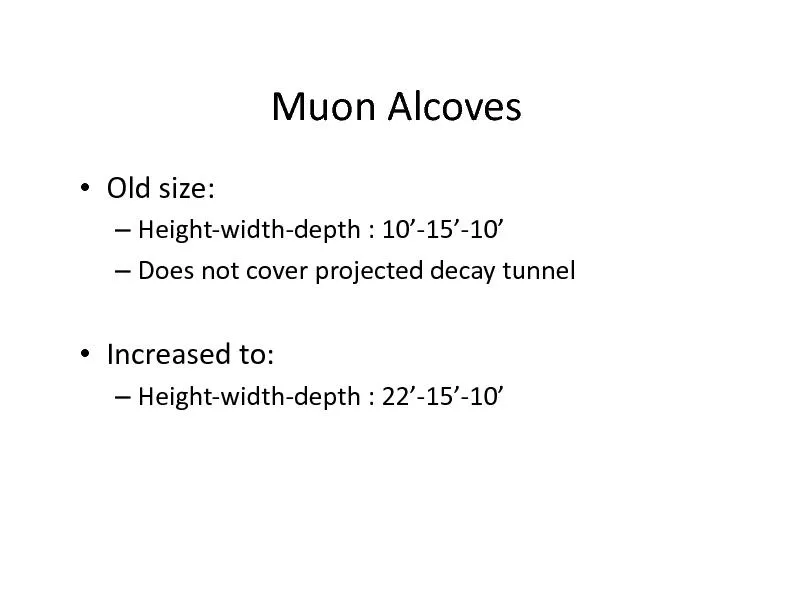PDF-Occupational Outlook Quarterly • Summer 2013
Author : marina-yarberry | Published Date : 2016-07-03
Kathleen Green Kathleen Green is an economist in the Ofce of Occupational Statistics and Employment Projections BLS She can hen ornithologist Amanda Rodewald talks
Presentation Embed Code
Download Presentation
Download Presentation The PPT/PDF document "Occupational Outlook Quarterly • ..." is the property of its rightful owner. Permission is granted to download and print the materials on this website for personal, non-commercial use only, and to display it on your personal computer provided you do not modify the materials and that you retain all copyright notices contained in the materials. By downloading content from our website, you accept the terms of this agreement.
Occupational Outlook Quarterly • Summer 2013: Transcript
Download Rules Of Document
"Occupational Outlook Quarterly • Summer 2013"The content belongs to its owner. You may download and print it for personal use, without modification, and keep all copyright notices. By downloading, you agree to these terms.
Related Documents














